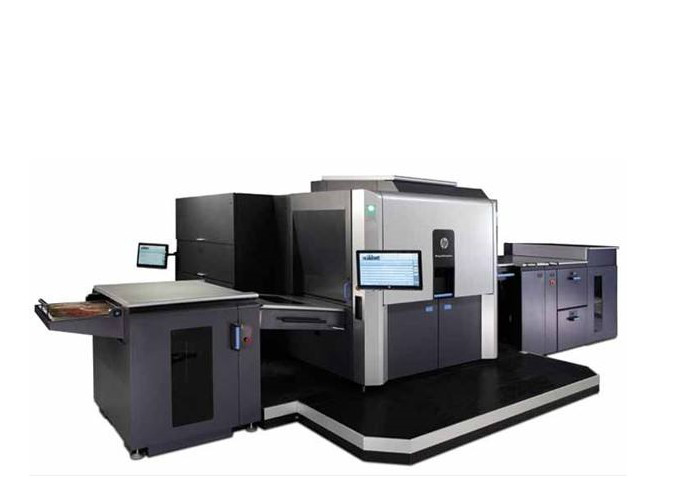Versatile food packaging offers brand name owners the opportunity to draw in customers and communicate with food benefits, allergen cautions, and traceability information. The ability to use details on the packaging without jeopardizing the food's quality or security is very important.
Continuous inkjet (CIJ) printing is a versatile coding strategy to produce clear, readable alphanumeric codes on irregular and curved surface areas such as pouches, bags, and packs. Food makers usually utilize CIJ printers on their packaging lines to printmaking information, expiration dates, and other variable data straight onto flexible food packaging.
Pleasing Regulation Requirements
Ink plays an essential role in food safety as it might enter into contact with food due to ink migration or the nature of the packaging. Generally, if it is relatively anticipated that the ink might reach the food, its formula should follow Food and Drug Administration policies in the U.S., Health Canada and Canadian Food Inspection Agency standards in Canada, and other around the world standards depending upon the food's location.
While particular inks are not acknowledged by the FDA as suitable for direct and indirect food contact, the Code of Federal Regulations (CFR) Title 21 regulates food contact materials. The CFR consists of standard arrangements appropriate to indirect food additives and a limit of guidelines for compounds used in food contact. Far more rigorous, Switzerland's regulation 817.023.21 lists specific ink parts permitted food contact printing and figures out-migration restrictions of inks printed on specific substrates. As one of the most restricting guidelines, it is often referenced around the world by producers to determine an ink's security for usage in food applications.
While CIJ printing uses much less ink compared to full protection printing, the possibility of substances moving through packaging is still possible depending upon the ink type and quantity used in addition to the type of packaging. Migration tests should be carried out to identify exactly what substances can travel through the packaging and reach the food. Even if the ink is not prepared to have contact with food, the food producer need to guarantee that the material forms a functional barrier between the food and ink.
 |
Direct Food Contact and Food Grade Inks
Food-grade printing ink might be required for certain versatile packaging applications, like when a batch number is printed on a flavor pouch that is placed into a box of pasta. The printed batch number will intentionally reach food. Because of that, the ink's parts should satisfy the requirements of food-grade ink.
When direct food contact is implied, food-grade inks made under Excellent Manufacturing Practices and authorized for the application requires to be used. These food-grade inks usually consist of solvents such as beverage-grade ethanol, food-grade acetone, and drinkable water. When printed, the majority of the solvent evaporates in the air, leaving just recurring trace quantities of solvent on the surface. For FDA compliance, a CIJ food-grade ink's elements must be acknowledged as made it possible for food additives on the CFR 21 list and utilized for their preferred function.
Indirect Food Contact
The FDA specifies indirect food contact as to when an additive, such as printing ink, mistakenly enters contact with food as part of the packaging. The food maker is responsible for examining the application to ensure that the packaging is functioning as a useful barrier in between the ink and food which the finished bundle meets all appropriate guidelines. The ink maker is accountable for supplying users with a complete list of each ink's aspects to aid in testing.
Printing on Flexible Packaging
While various CIJ ink structures might be comparable to flexographic, lithographic, and other printing inks, the essential distinction remains in the printing approach and the special needs of a CIJ printer. CIJ inks have considerably lower viscosities than other inks and are printed with a non-contact strategy, making great adhesion challenging. CIJ inks must also be able to hold an electrical charge to allow the variable positioning of each drop. While overall substrate protection would be challenging, a CIJ ink's chief task is to produce clear, easy to understand alphanumeric codes on the food's packaging.
Another code-printing technology, thermal transfer overprinting (TTO), has its benefits with versatile packaging consisting of the capability to produce high-resolution codes and large quantities of text. Yet CIJ remains an impressive alternative for lots of manufacturers who are looking for combination choices. CIJ printers can apply codes before or after the film is formed and the item is packaged. In addition to inks of numerous colors with food-grade, fast-drying, and high-contrast residential or commercial properties, specific CIJ inks are specifically crafted for printing on flexible packaging including BOPP, LDPE, and PE.
How does Sunkey Packaging ensure the food safety of digital printing inks?
Through making use of food-safe inks, the inks used in HP digital printers are all FDA-certified inks that can be directly exposed to food. The main solvent used is ethanol, which is non-toxic and safe.
Through making use of food-safe inks, the inks utilized in HP digital printers are all FDA-certified inks that can be straight exposure to food. The primary solvent utilized is ethanol, which is non-toxic and safe.
As an expert flexible packaging company, Sunkey Packaging has been devoted to the research and development of ingenious versatile packaging innovations and has also invested a lot in environmental protection and food safety. Sunkey Packaging specializes in offering clients flexible packaging solutions.

Comments
Post a Comment